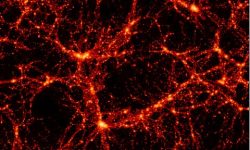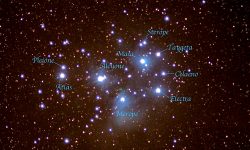Cut the Dust
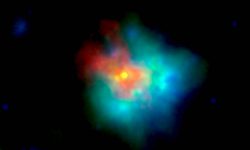
June 4, 2020 Stars are formed from charged particles. “Men think highly of those who rise rapidly in the world; whereas nothing rises quicker than dust, straw, and feathers.”— Lord Byron Immanuel Kant, the 18th Century philosopher, suggested that stars, in general, as well as the Solar System, in particular,…
Voids in Space?
Ice Moon
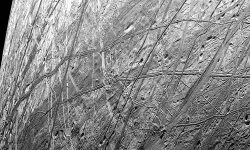
June 2, 2020 A new mission to Europa. The Galileo spacecraft entered orbit around Jupiter in December 1995. When it ran out of maneuvering fuel, the 320 kilogram probe was incinerated by the Jovian atmosphere, so that it would not crash into one of Jupiter’s moons, particularly Europa. Planetary scientists were surprised…
Electric Force
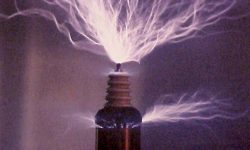
June 1, 2020 Electricity lights the stars and energizes a web of galaxy clusters. But what is it? “Electricity” is a catchall term, describing several phenomena: piezoelectric, thermoelectric, and even bioelectric activity are all forms of electricity—just like “heat” has many faces: radiant heat, contact heat, convective heat, etc. However,…
Nebular Lightning
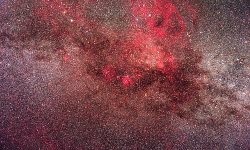
May 29, 2020 Earth is part of a coherent “cosmic ecology”. In an Electric Universe, what is observed on other planets, within galaxies, or in free space should be used to model the Universe, rather than using Earth-based examples. Australian astronomer Colin Stanley Gum compiled a catalog of nebulae before…
Eternal Winter
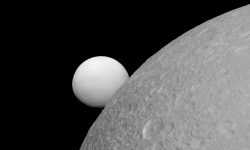
May 28, 2020 This small moon is said to be covered with powdery snow. The Cassini mission is now over. However, more data continues to be analyzed, particularly those observations of various moons, including Enceladus. Enceladus was named after one of the Gigantes, or Titans, in Greek mythology. Its name…
A Mars Expert
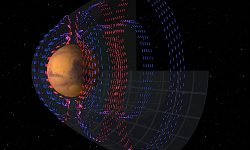
May 27, 2020 Mars is a mysterious world. NASA launched the Mars Atmosphere and Volatile Evolution Mission (MAVEN) on November 18, 2014 on a year-long investigation of Mars’ upper atmosphere, its ionosphere, and how it interacts with the solar wind. The spacecraft is fitted with instruments that measure various phenomena,…
A Titan’s Daughters
Equo Ne Credite
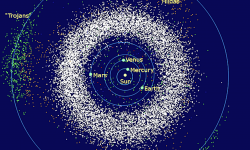
May 22, 2020 Comets are often called “dirty snowballs” by astronomers. Various space missions, such as Giotto and Deep Impact, revealed that comets are blackened, cratered, and fractured. No ice fields, reflective crust, or watery clouds. The Giotto spacecraft’s close approach to Halley’s comet, for example, discovered the blackest object…






